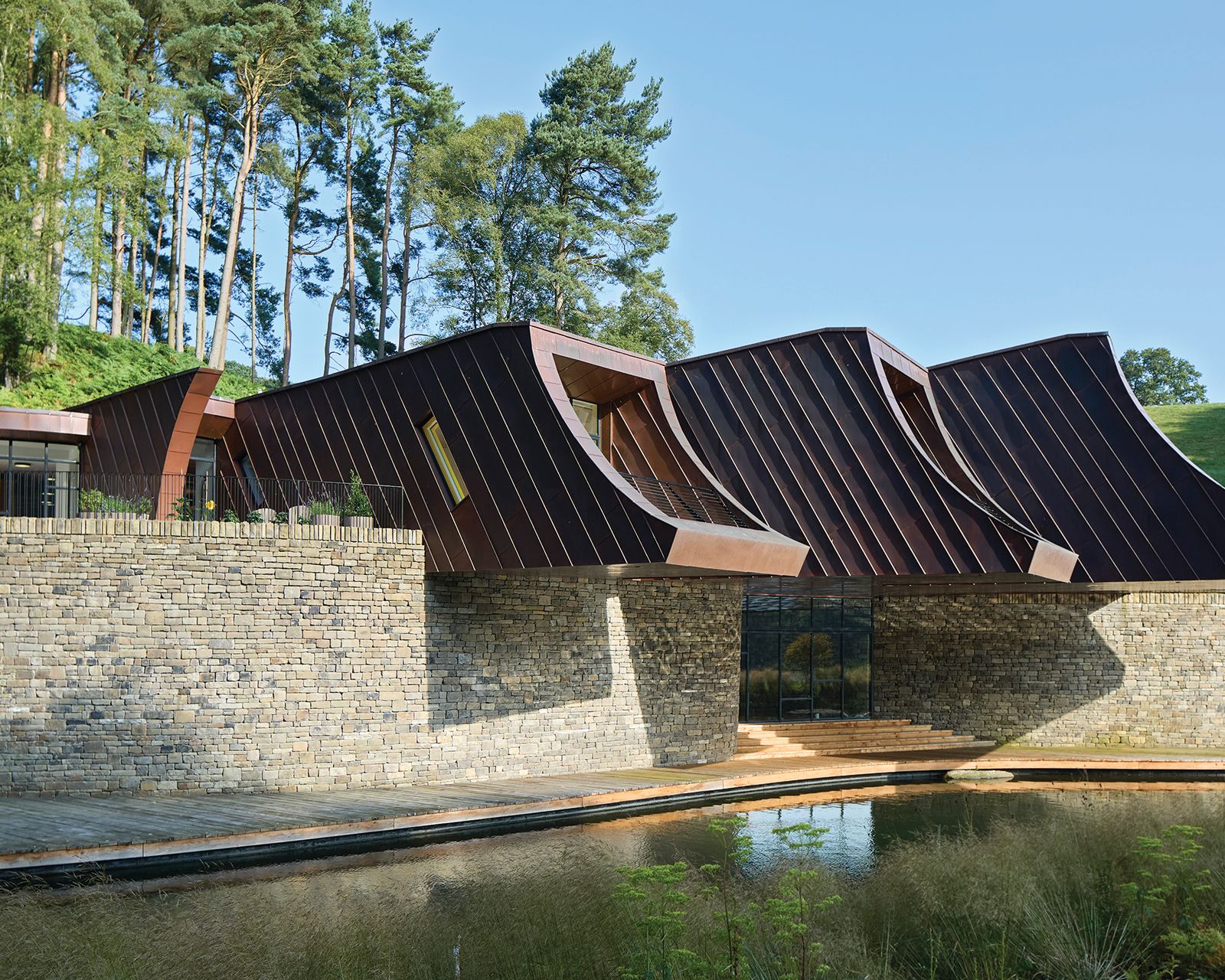Q&A with Professor Alastair Driver
By Rural Solutions | 22.07.25
With the end of the Basic Payment Scheme and emerging markets for nature-based solutions open to those delivering positive environmental change on their land, an increasing number of landowners are considering transitioning their land management approach to focus on nature recovery.
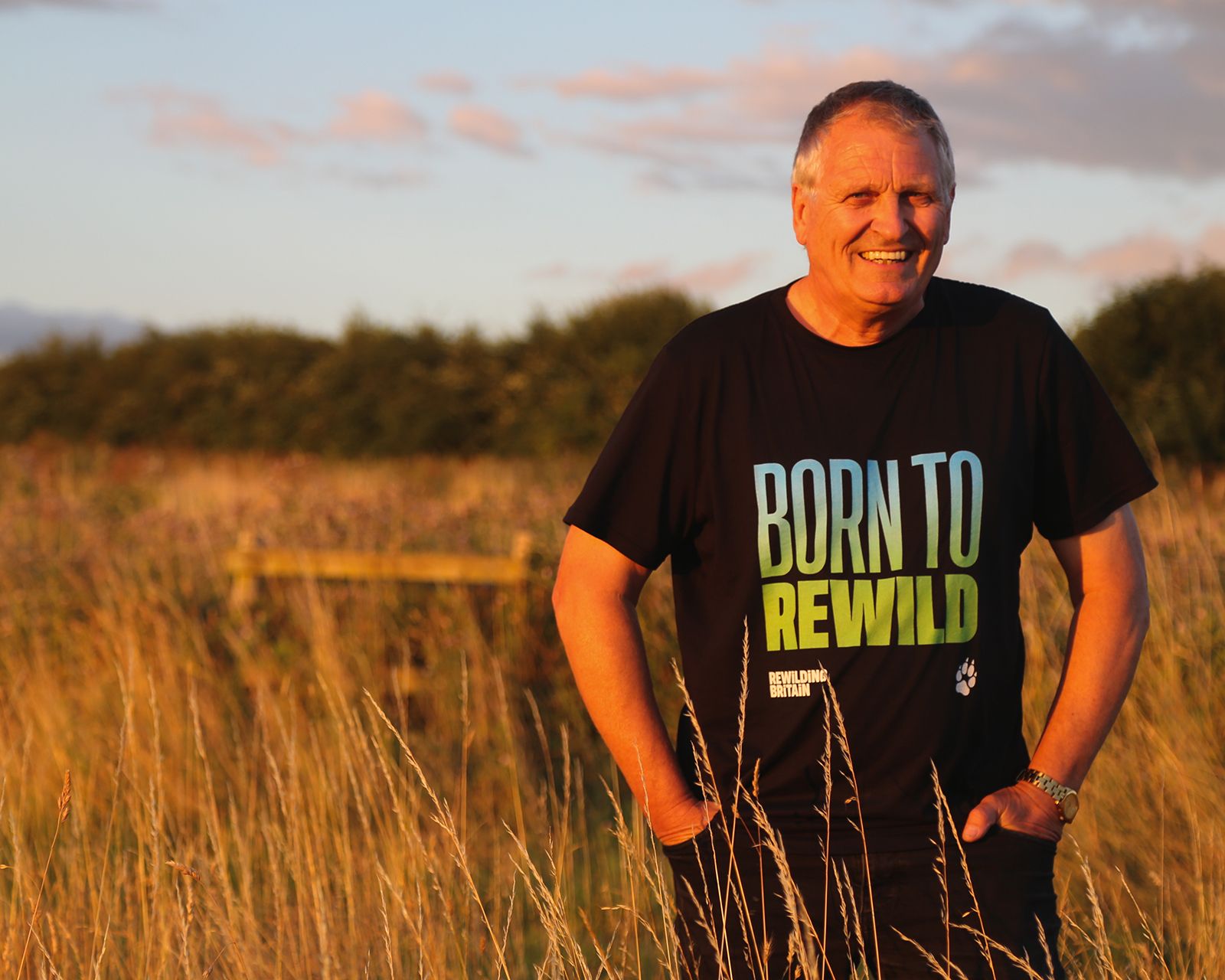
With evolving policies, emerging markets, and multiple routes to entry; landowners looking to change their land management practices can often feel overwhelmed. In this Q&A, we speak to Professor Alastair Driver, renowned ecologist, rewilding expert and Senior Advisor to the Global Rewilding Alliance, about how to take those important first steps.
From identifying low-productivity land to accessing specialist advice and funding, Alastair shares practical guidance and long-term insight for anyone considering a more nature-focused future for their land.
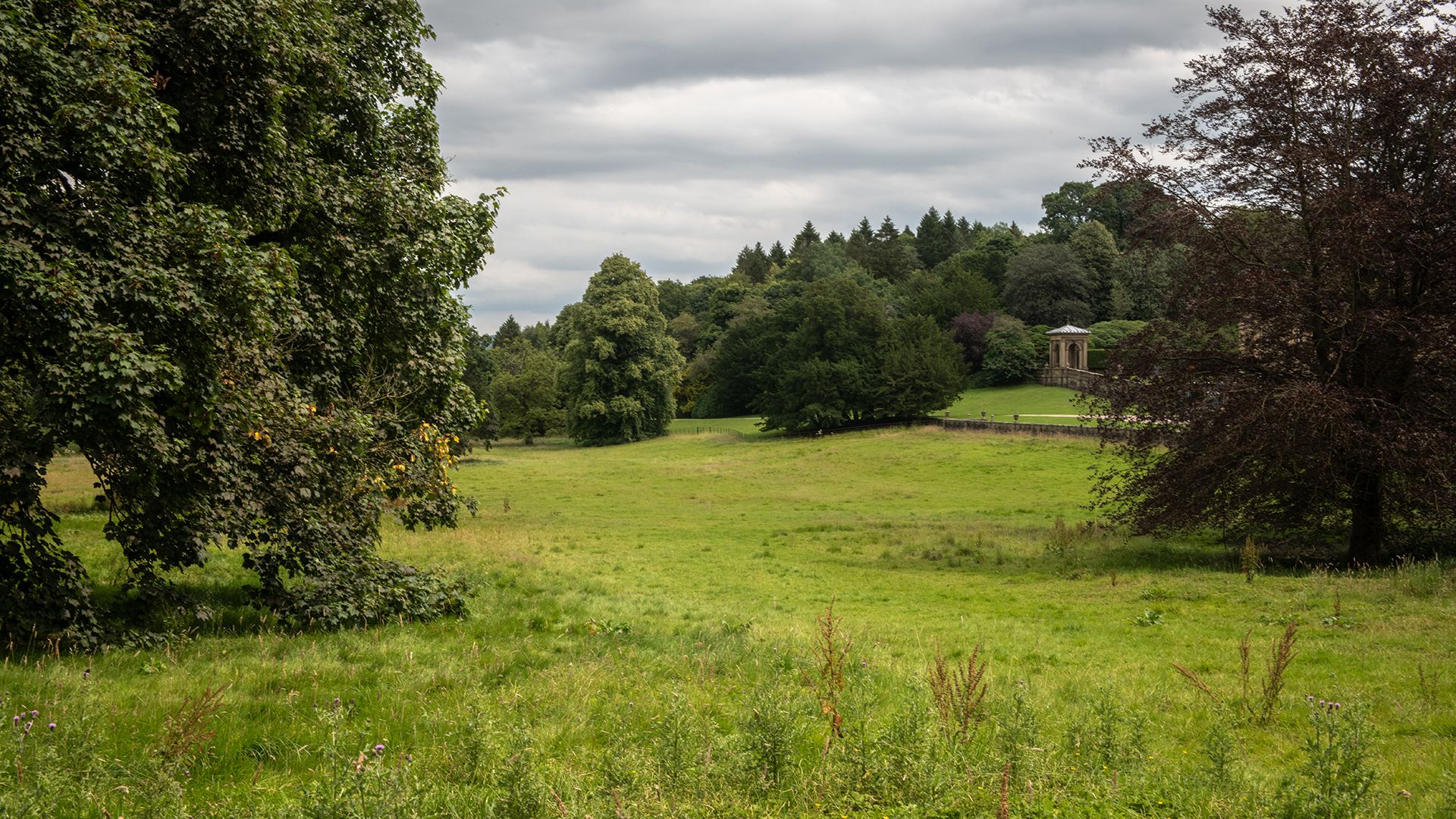
Alastair, for those who may not know, who are you and what does your work involve?
I’m a lifelong naturalist and ecologist with nearly 50 years of professional experience in conservation, and 34 of those years were focused primarily on rivers and wetlands. I started my career with Thames Water Authority as their first conservationist, later becoming Head of Conservation for the Environment Agency for fifteen years. Nine years ago, I moved into rewilding as Director of Rewilding Britain. I now work as a freelance specialist rewilding consultant, and I’m the Senior Advisor for the Global Rewilding Alliance. My work involves advising major landowners across the UK and rewilding organisations and individuals globally, and lobbying policymakers in the UK on rewilding and nature-friendly land use.
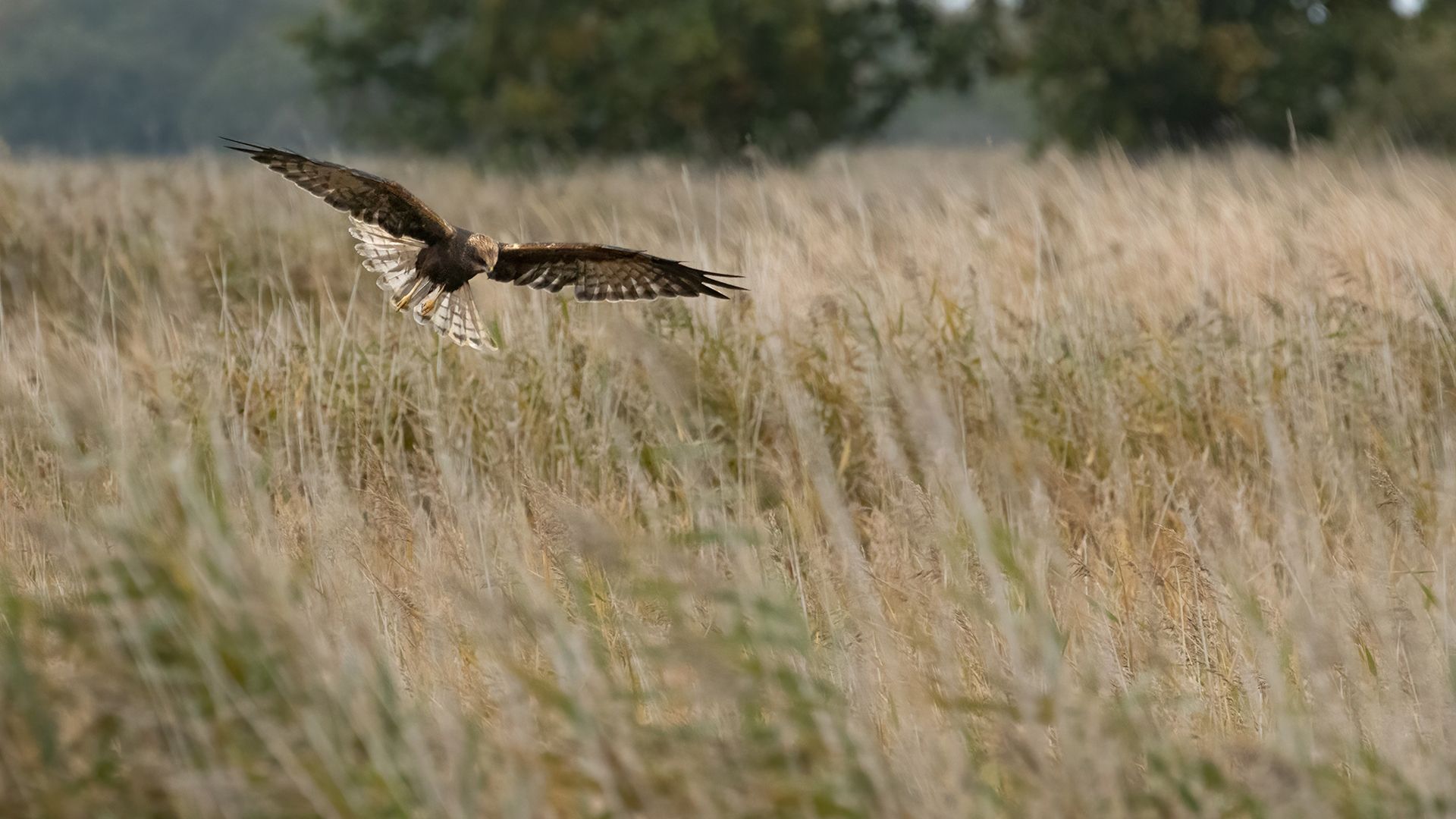
What are the key factors a landowner should consider before making changes to land management practices?
The first step is to assess which parts of your land aren’t significantly productive. Around 20 per cent of UK farmland produces just three per cent of our calorie intake, so there are clear opportunities to reassess land use across much of the country. Managing unproductive land for farming is often a loss-making activity, but shifting those areas toward nature recovery can allow biodiversity to thrive and reduce long-term pressures on farming and be much more financially viable. It’s about balancing priorities; productive land for food, and providing significant space for nature.
How can landowners assess which options are most suitable for them?
Specialist advice is key. Seasoned experts who can ‘read the land’ like myself, can help identify what the land is capable of, what species should be present, and what potential lies in its restoration. Rewilding often requires larger-scale thinking, but even small steps can have value. The core message here is if there is no nature, then there’s no farming, and thus no food. Healthy soils, water, and biodiversity are absolutely essential for productive land in the long term.
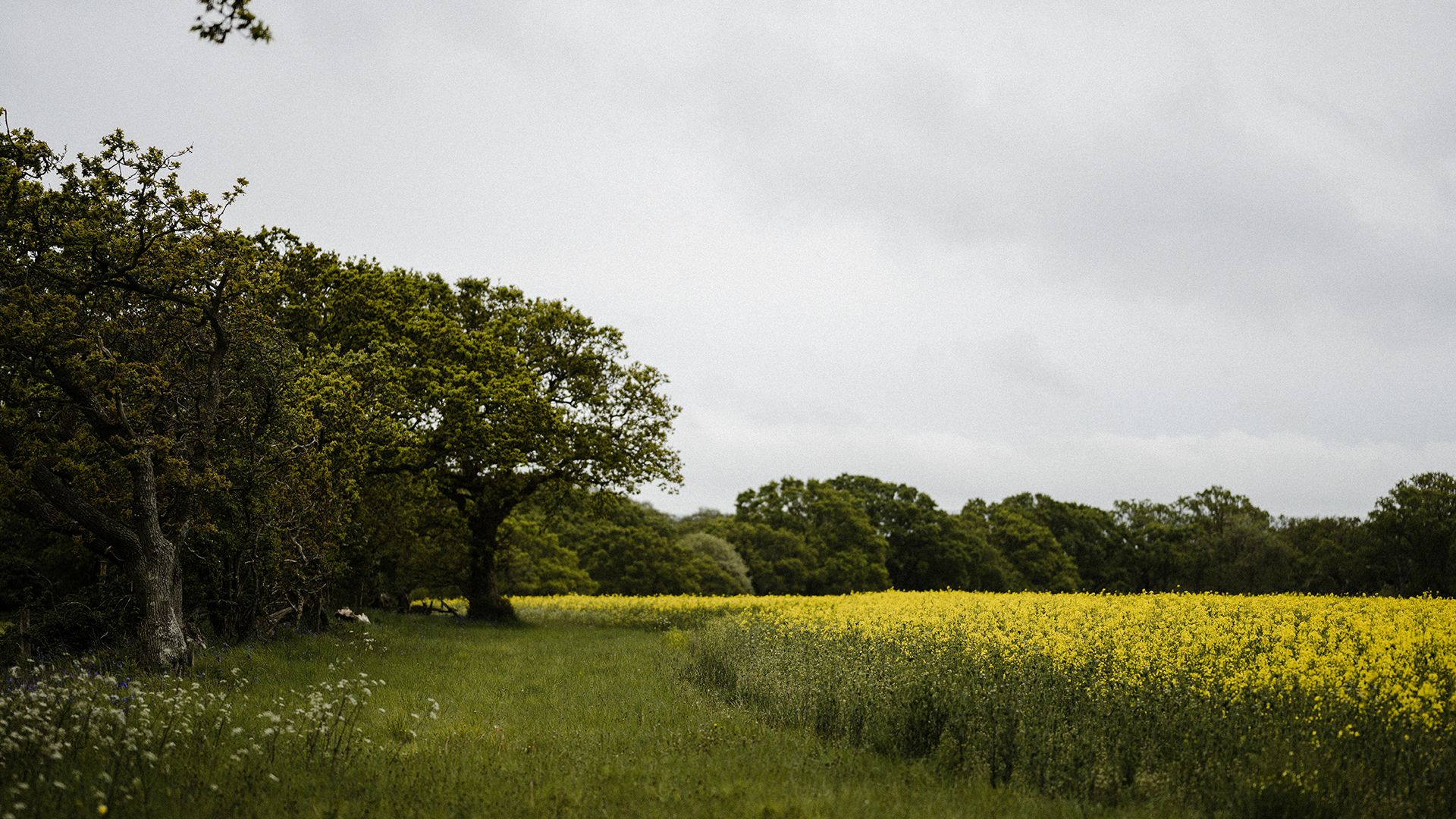
Are there any quick wins or small-scale changes that can build confidence before committing to major changes?
In rewilding, we have to think long-term, as changes should last for generations. However, early gains are possible. Reducing chemical inputs and intensive grazing can quickly and hugely increase the number of invertebrates and small mammals, for example, and so in turn, rapidly increase the numbers of insectivorous birds and birds of prey; you’ll start seeing bio abundance return very quickly. That’s incredibly encouraging and inspiring for landowners and quickly helps to build their confidence. But it’s a lifestyle and mindset shift for the long term, not just a land use change.
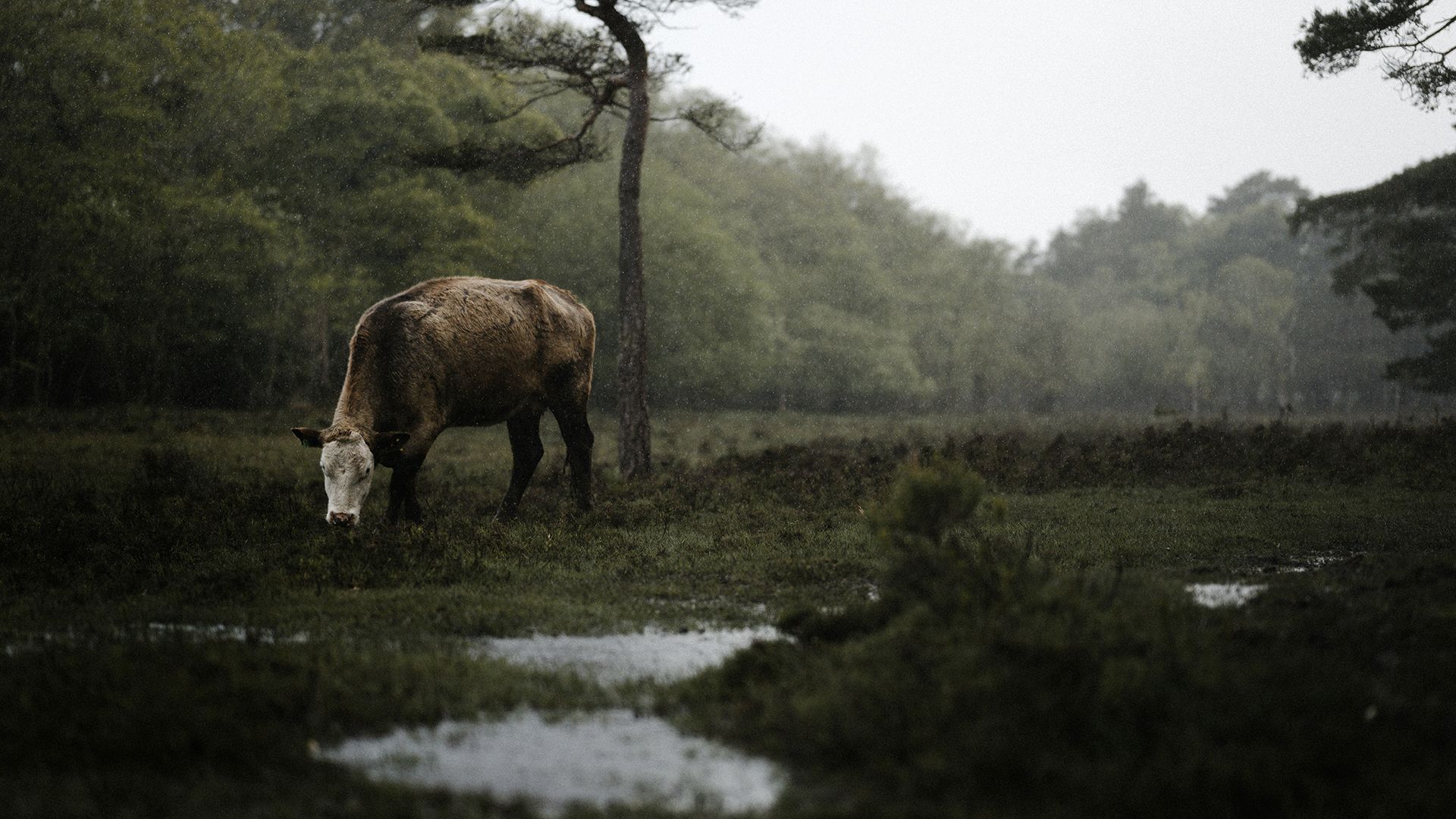
How can landowners measure success and adapt over time?
Monitoring doesn’t always require big budgets. Sometimes, simply observing more wildlife and improved water quality is enough for some landowners. In my experience, volunteers will often be keen to help with data collection on inspirational rewilding sites. Formal funding, sometimes involving monitoring, is available through Government schemes like the Environmental Land Management scheme, forestry grants, and there are private finance options too, both philanthropic and corporate. Rewilding also diversifies income sources, and data I have collected shows that across the UK. Rewilding sites have more than doubled job numbers overall compared to traditional farming on the same sites beforehand.
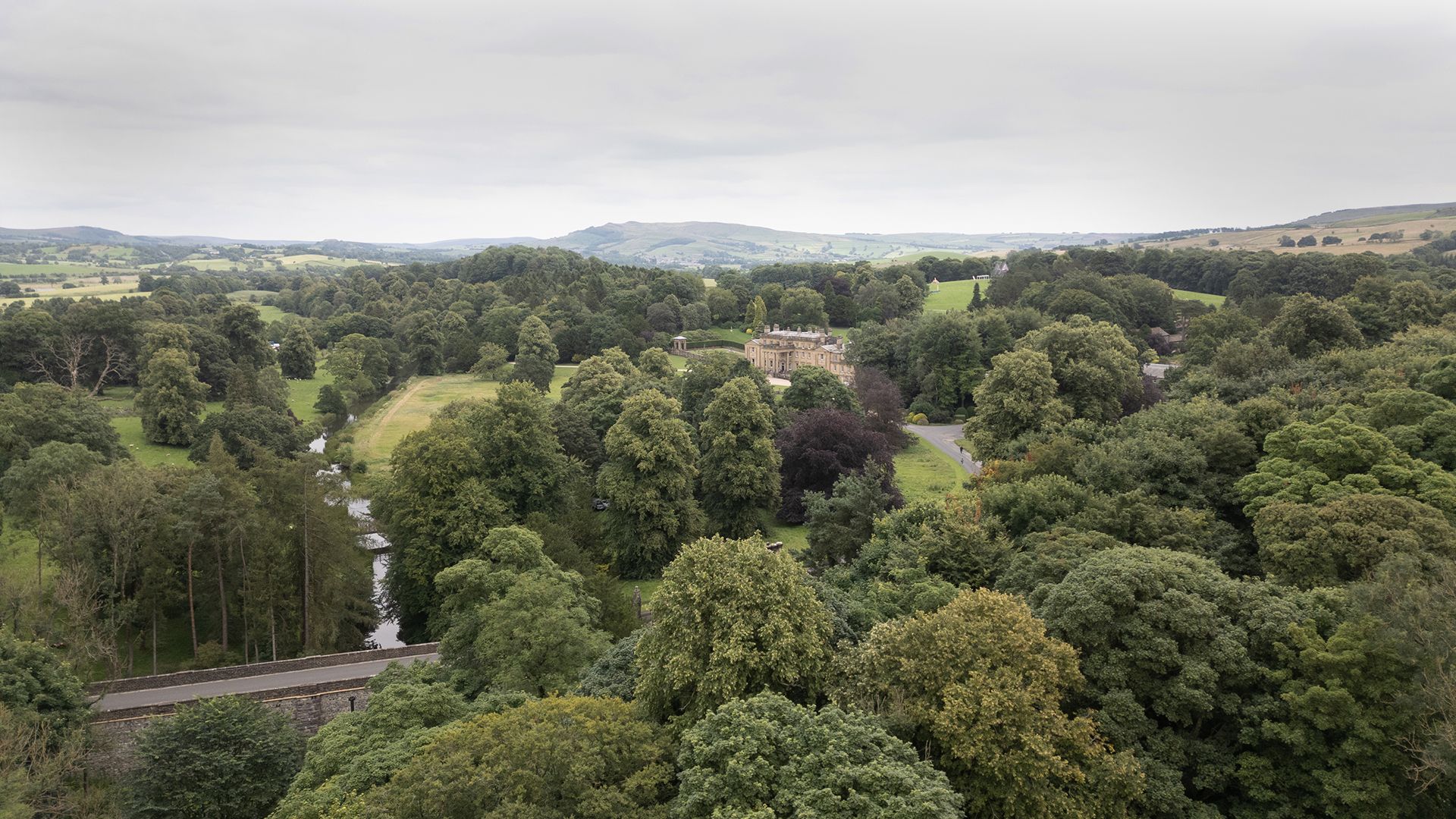
Outside of work, where is your favourite place in nature?
I’d have to say Broughton Sanctuary, formerly known as the Broughton Hall Estate, near Skipton in Yorkshire. I’ve been working there for five years, overseeing the transformation of half the site from “billiard table” sheep-grazed hills to a nature-rich landscape. It’s absolutely buzzing with bees, butterflies, birds of prey, and increasingly, rarer species. Despite being a naturally positive person anyway, I still need periodic injections of inspiration, and every time I visit Broughton, I certainly get that!
For more advice on land use change, biodiversity recovery, rewilding and rural diversification, get in touch with our team at Rural Solutions by emailing info@ruralsolutions.co.uk or calling 01756 797501.
We are using cookies to give you the best experience on our website. You can find out more about which cookies we are using on our cookie policy.


